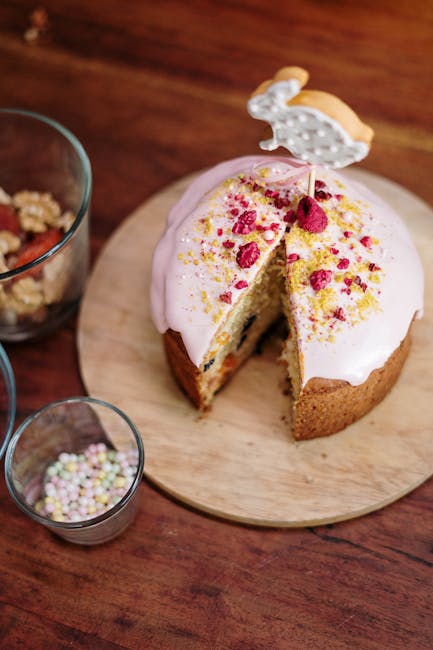
How to Stop Your Dog From Eating Too Fast
How to Stop Your Dog From Eating Too Fast
The Problem With Fast Eating
Many dog owners have witnessed their furry friends devouring meals in seconds, barely pausing to chew. While this behavior might seem harmless—or even amusing—it can lead to serious health issues. Fast eating can cause choking, vomiting, bloating, and even a life-threatening condition called gastric dilatation-volvulus (GDV), where the stomach twists on itself. Fortunately, there are several effective ways to slow down your dog’s eating habits.
Practical Solutions to Slow Down Mealtime
1. Use a Slow Feeder Bowl
Specially designed slow feeder bowls have ridges, mazes, or raised patterns that force your dog to navigate around obstacles to reach their food. These bowls make mealtime more challenging, encouraging slower, more deliberate eating.
2. Portion Control and Smaller Meals
Instead of feeding one large meal, divide your dog’s daily food intake into smaller, more frequent portions. This prevents them from feeling overly hungry and gulping down food too quickly.
3. Scatter Feeding or Food Puzzles
Turn mealtime into a game by scattering kibble across a clean floor or using interactive food puzzles. These methods engage your dog’s natural foraging instincts, making them work for their food and slowing their pace.
4. Add Obstacles to the Bowl
If you don’t have a slow feeder, place a large, clean ball or an upside-down bowl in your dog’s dish. They’ll have to eat around it, naturally slowing their consumption.
5. Hand-Feeding for Training
Hand-feeding small portions not only slows eating but also strengthens the bond between you and your dog. It’s also an excellent opportunity for reinforcing obedience commands like “sit” and “wait.”
Long-Term Benefits of Slower Eating
Teaching your dog to eat at a measured pace improves digestion, reduces the risk of bloat, and can even enhance their overall behavior by promoting patience. With consistency and the right techniques, fast eating can become a thing of the past—leading to a happier, healthier pup.
By implementing these strategies, you’ll ensure that mealtime is safer and more enjoyable for your beloved companion. 🐾







